Fins On Buzzers
Buzzers
Paul Procter follows on form his previous newsletter and talks all things emerging and adult buzzers Including his top fly patterns and fishing tips!
In our last Newsletter we discussed the pupal (pupa) and larval (bloodworm) stage of buzzers. Here, we’ll look at the emerging buzzer and the winged adult. Granted, the pupa stage of buzzers is extremely susceptible to trout, but the emerging pupa is perhaps even more vulnerable.
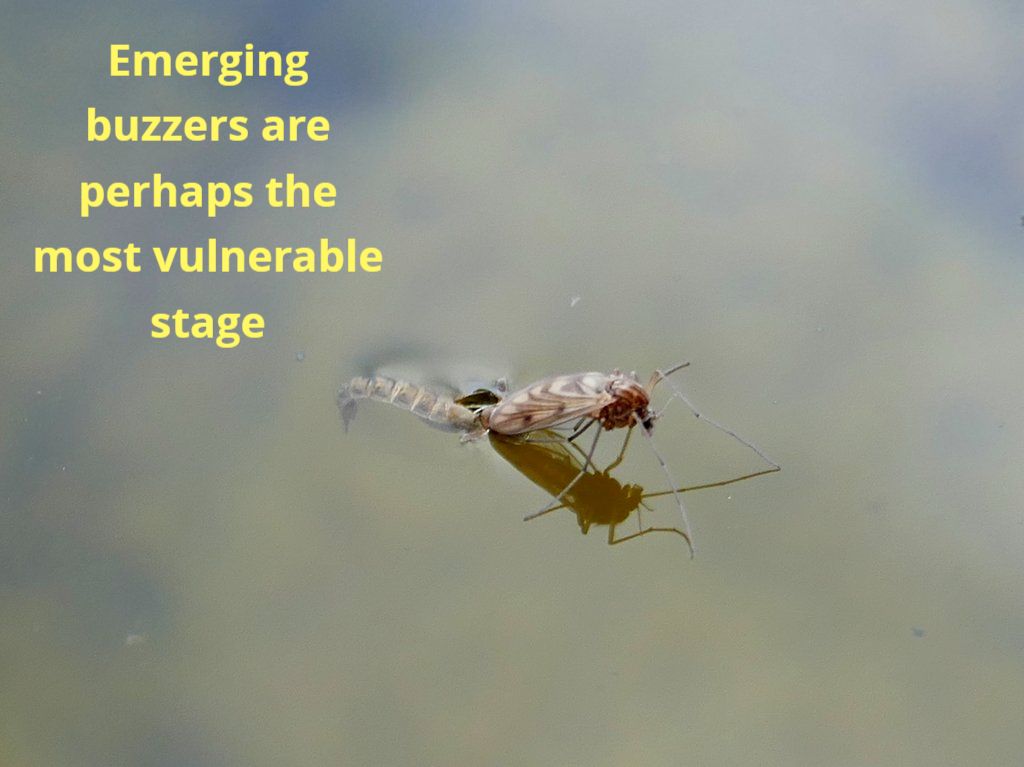
This is especially the case when calm conditions create a thick, or heavy surface film that emerging buzzer find difficult to penetrate. Already weak from their journey to the surface, now emerging pupa can become trapped under the surface film. Of course, wave action renders the surface film weaker, allowing buzzer to break through the film more quickly. It goes without saying then that when using emerger patterns, we should look for calmer conditions.
When The Weather Is Kind...
Blessed with light winds then we can fully expect to see trout dimpling at the surface as they cruise around picking off emerging pupa. Whilst we can use a team of dry flies now, I’m very much an advocate of a single fly, delivery using a weight forward line (WF) line is best. This can be presented more accurately and with little fuss. What’s more, as you’re often changing direction more quickly due to targeting rising fish, so there’s far less likelihood of tangles now, because you’re only using a single fly.
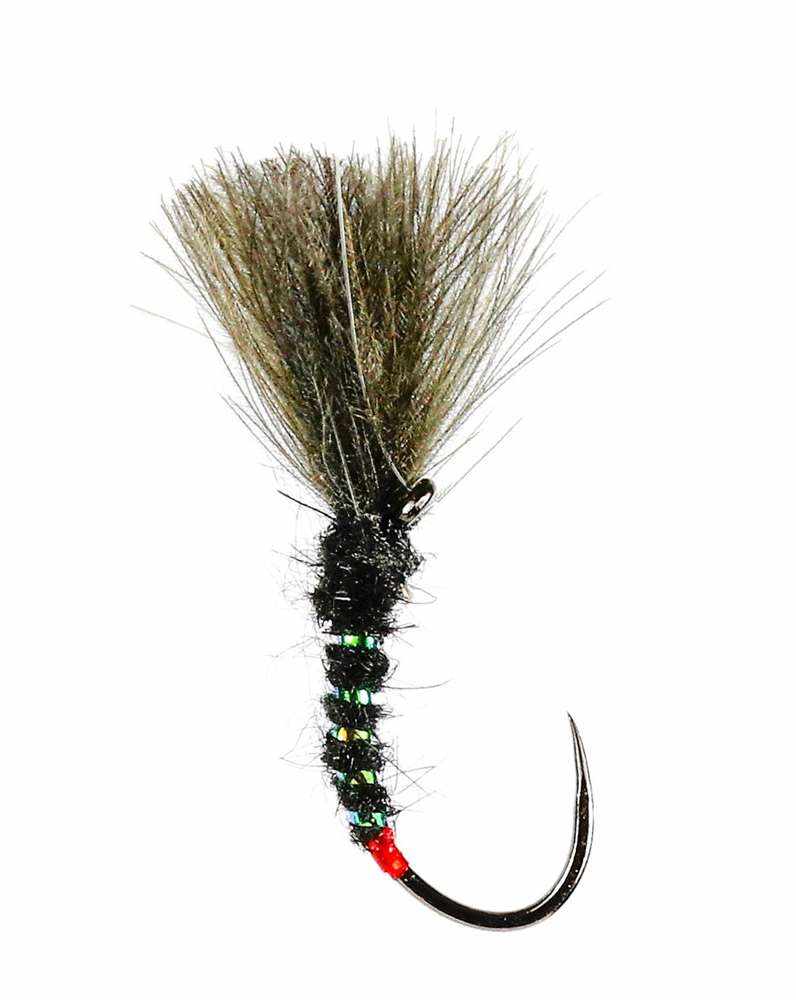

Leader Lengths
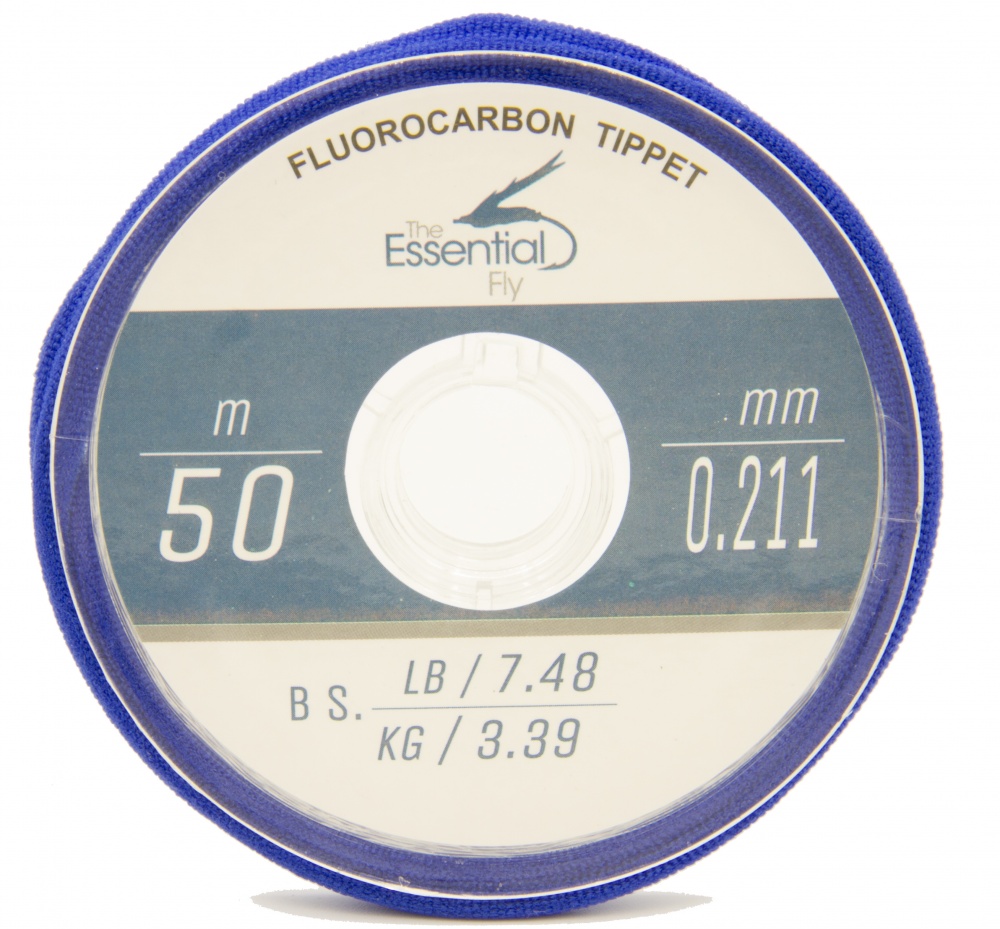
My starting point is a 12-14ft leader, which turns over well due to a lack of a breeze. This culminates in a tippet of approx 5lb breaking strain. That said, where large trout exists, or underwater snags (like weed) then you might consider stepping up to 7lb breaking strain. As we’re faced with a calm surface, it’s shrewd to degrease the tippet length too.
Killer Patterns
Some of the best patterns include the Shipmans buzzer, suspender buzzers, klinkhamers and of course, shuttlecock styles of emergers. Generally speaking, I look for an area where trout are active and initially cast out, before allowing the fly to rest at the surface. Whatever you do, don’t start retrieving. Obviously, a little slack with naturally occur, which is smoothly gathered up using a figure-of-eight retrieve. Placing The Fly & Retrieves It’s often best just to let your fly sit there and hopefully cruising trout will find it. That said, it’s well worth trying to target individual trout as they move about. Often, the slightest breeze will encourage fish to travel upwind as they pick off emerging flies, Now, we should aim our cast several feet in front of the last disturbance we saw, as the fish will have already moved from this position. Whatever you do…DON’T cast into the rings of a rise, as the trout will have moved on.
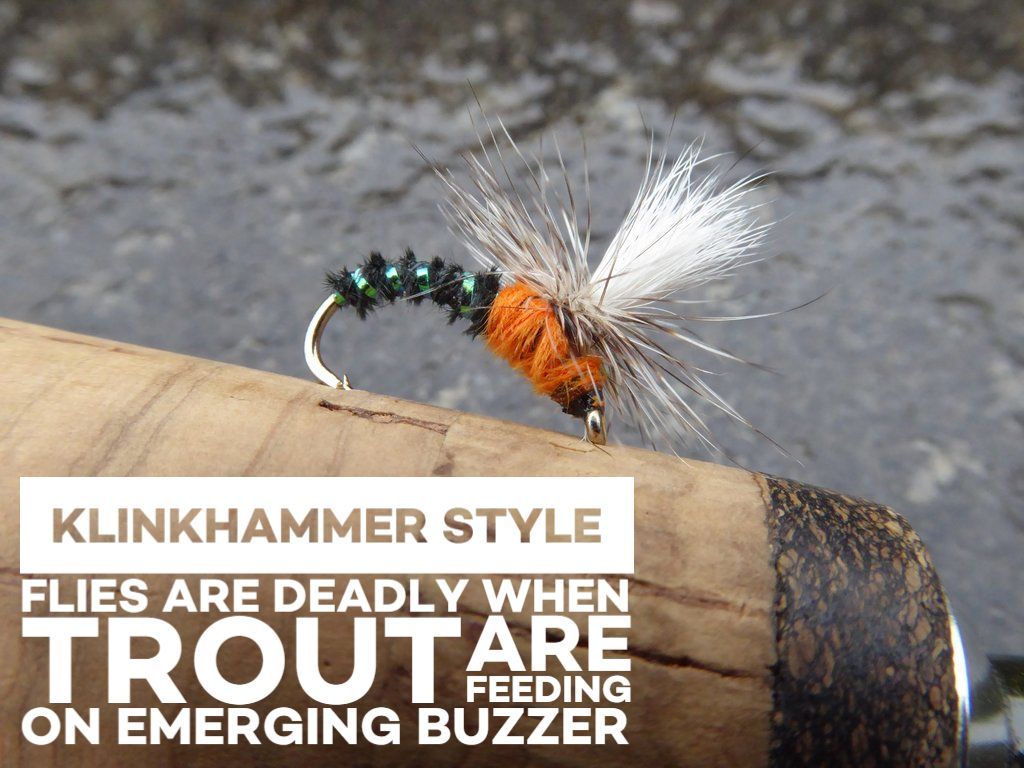
Whilst a static fly mimics the emerger best, an occasional tweak of the fly can be beneficial, especially if you think a trout is nearing your fly. Natural buzzers will often ‘kick’ at the surface as they attempt to free themselves from the nymphal shuck and a gentle tweak of the fly is just enough to turn the heads of passing trout.
Placing The Fly & Retrieves
It’s often best just to let your fly sit there and hopefully cruising trout will find it. That said, it’s well worth trying to target individual trout as they move about. Often, the slightest breeze will encourage fish to travel upwind as they pick off emerging flies, Now, we should aim our cast several feet in front of the last disturbance we saw, as the fish will have already moved from this position. Whatever you do…DON’T cast into the rings of a rise, as the trout will have moved on. Whilst a static fly mimics the emerger best, an occasional tweak of the fly can be beneficial, especially if you think a trout is nearing your fly. Natural buzzers will often ‘kick’ at the surface as they attempt to free themselves from the nymphal shuck and a gentle tweak of the fly is just enough to turn the heads of passing trout.

The Last Stage - Meal Time!
There’s some doubt as the worth of winged adult buzzers, as those that successfully emerge, instantly head for bankside cover, before mating. However, following mating some dates later, female adult buzzers return to the water to deposit their eggs. This usually occurs on warm, still evenings, or at first light. Now, we can expect female buzzers to lie spent at the surface.
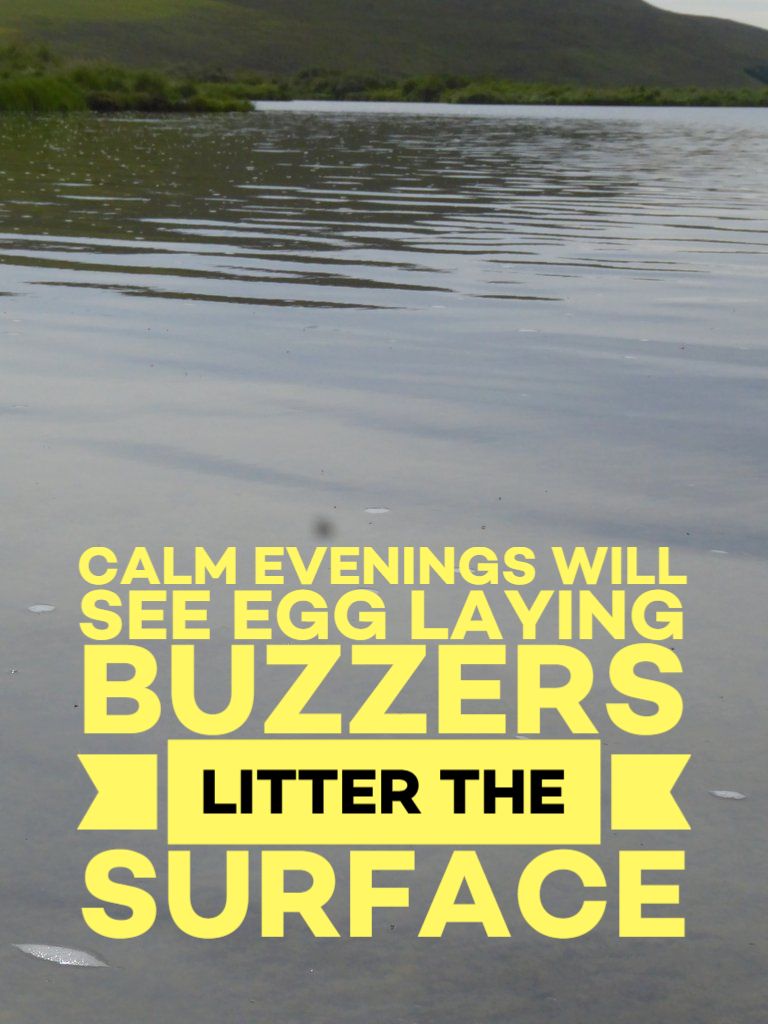
This ensures an easy meal for trout as they know their meal isn’t about to disappear in a blur of wings. So come those still evenings when you hear that distinct ‘whining’ sound of adult buzzers in the air, it can be well hanging around to see what happens. Again, a single fly is best presented static. I’ve found, small, dark parachute patterns successful now, along with a simple CdC F fly, or even a Griffiths Gnat.



















